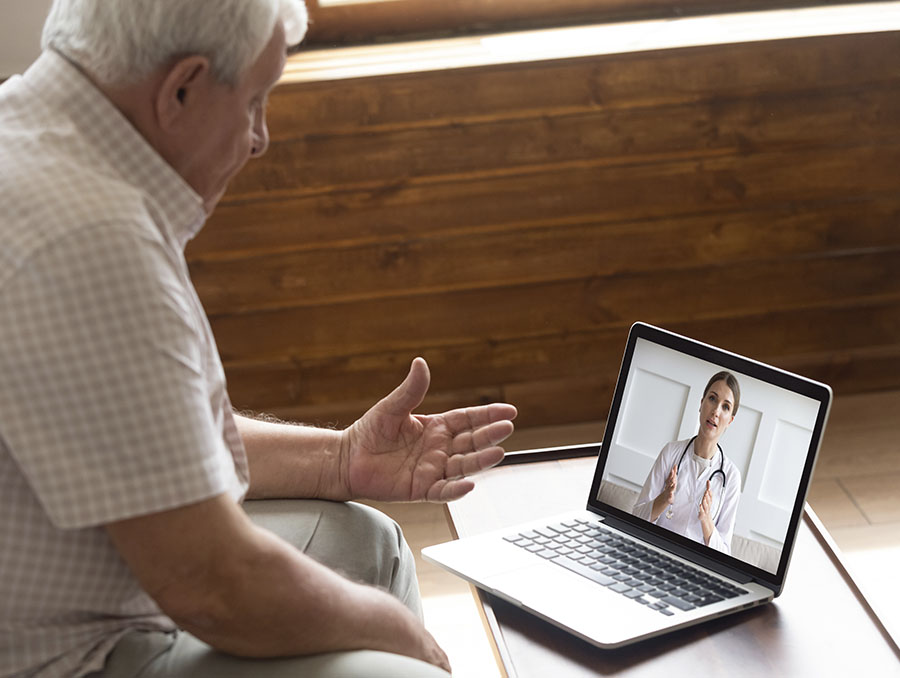
The COVID-19 pandemic is prompting accelerated use of telemedicine consultations to improve health care access, protecting patients and our short supply of health care workers. What can telemedicine patients do to optimize their experience using telemedicine services? We’ve gathered tips for telemedicine from Kathryn Eckert, M.D., UNR Med associate professor of pediatrics; Timothy Baker, M.D., UNR Med senior associate dean for academic affairs; and Jennifer Hagen, M.D., UNR Med senior associate dean for faculty.
Before your appointment:
- Download and test the necessary software well before the visit.
- Set up and test the computer, headset, etc. in a comfortable place in your home.
- Have your medication bottles in front of you so you can easily explain what you’re taking. Please include over the counter medicines (vitamins, pain medications, etc.).
- Prepare a list of questions and concerns that you would like addressed during the visit.
- Make a list of prescriptions or supplies that require a refill at the pharmacy.
- Take your vital signs – heart rate, respiratory rate, weight, height and blood pressure if you have the means to do so.
- If labs/diagnostic testing were recommended at the last visit and have been completed, ask the medical assistant to make sure the results are in the EMR.
- If you have diabetes, upload your blood sugar meter to the cloud or print out the logbook and send to your provider in advance.
- At least 10 minutes before your appointment, minimize background noise and distractions. Adjust lighting so your face is well lit with little glare.
During your appointment:
- Open with a backup plan: “How should I reach you if this technology isn’t working for us?”
- If possible, have a backup communication vehicle—a land line or cell phone—available in case there are technology problems.
- Don’t hesitate to acknowledge up front that telemedicine is new to you and feel free to address any discomfort or concerns about this new type of visit.
- If you have a blood pressure cuff and thermometer at home, have that on hand during the visit.
- If you would normally invite someone else to support you during your visit, try to include them.
- If the appointment is for a child, have them be part of the conversation if they are over age four. At a minimum, the child should be able to be seen at some point during the visit in order to do a mini physical exam.
- If your child is over the age of 10, be prepared to allow the provider to speak in private with them.
- At the end of the visit, summarize what the medical plan is and ensure that you have all the information, lab testing and medication refills that you need.
- Make sure that you are signed up for MyChart or other available secure email within your provider's medical record system so that further communication after the appointment is enabled.












